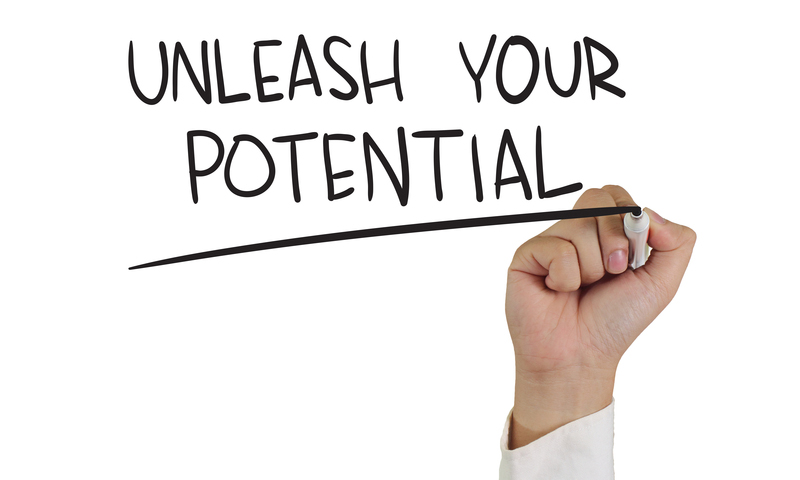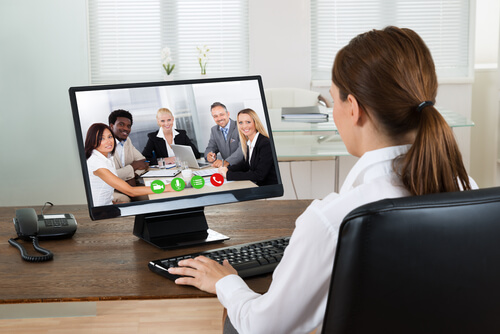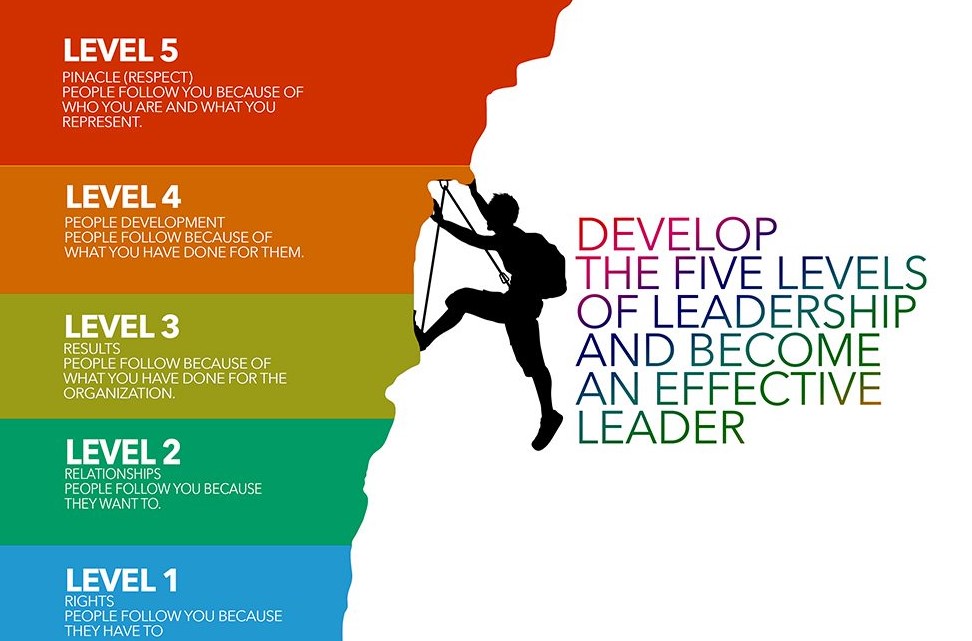Personal leadership development
The corner stone of your leadership strategy is to know yourself and to make your self- development a high priority.
Personal development is a lifelong mission that is never complete. When you take the time to assess yourself and think about how you would like to grow, doors start opening.
The most successful people are not people who rely on their raw talent – they are people who continue to grow throughout their lifetime through conscious choice.
Your personal development begins with a hard look at where you are, your strengths, and where you can improve. Personal assessments can be an incredibly helpful tool in this process. A professional assessment gives you an outside perspective on your work style, your values, and your communication skills.
Every leader has a different style, different life experiences and a unique outlook. The better you understand yourself, your strengths and weaknesses, the better you will be to lead others as well as give them the tools they need to better understand themselves.
Beside personal assessments, you can utilize reading materials, as well as attend leadership workshops. Getting together with similar people will inspire commitment and creativity which in turn boosts your efforts.
Here are a few more of the personal skills that will prepare you as a leader:
- Develop your EQ (emotional intelligence). People with high emotional intelligence (EQ) are consistently the top performers in their organizations. They are more resilient and flexible when things get tough. They are held in the highest regard by their bosses, peers, co-workers and others. When faced with pressure and stress can you handle it, stay poised, calm, and effective no matter what.
- A strategic leader has strong abilities to communicate
- Hone your ability to listen. Too many leaders are full of themselves and think they have all the solutions and then wonder why their people are not engaged and do not perform well.
- Develop strong self-management skills and organizational
- Foresight is a skill that comes with practice in working through all potential outcomes. This skill will help you and your team make plans 3 months, 6 months, or a year or more in advance. The key is knowing how to design a winning strategy, and how to execute it effectively using foresight.
- Tenacity is a skill that enables the leader to push through when things go wrong.
“You don’t become a leader in a classroom. Leadership is earned on the basis of people who choose to follow you. It’s not granted or anointed by some holy water granted in a school,” according to Harvard Business School Journal.
One of the best places to safely apply what you learn as a leader is the international non-profit organization called Toastmasters. Here you can hone leadership skills, learn new skills and have a community of people who are working to become the best version of themselves while helping others do the same.







